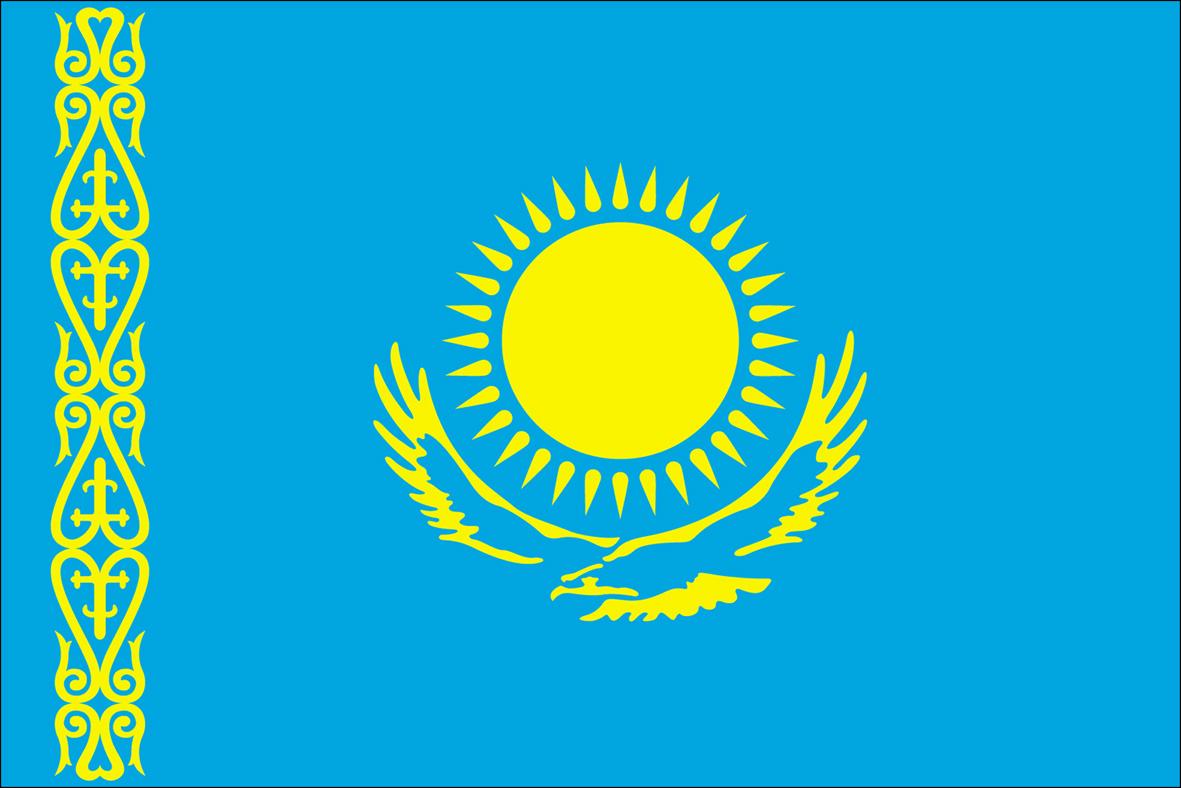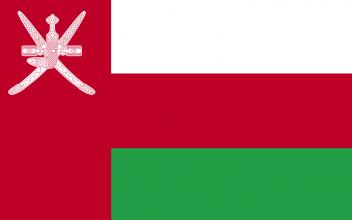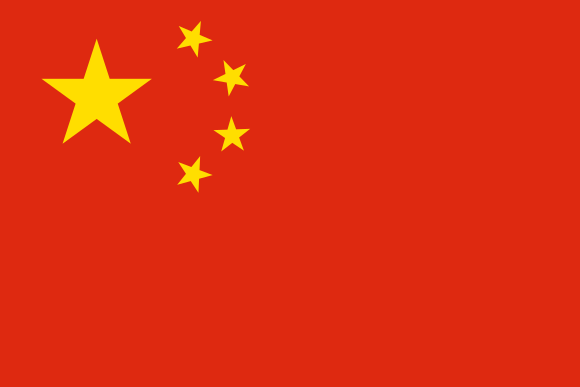Participation of the Philippines in the Nanhai trade: 9th - 16th Centuries
Despite the lack of written records before the Hispanic era, archaeological finds provide a material history of extensive trade. Commerce occurred via the maritime and land silk roads that spread from China through mainland Asia, insular Southeast Asia, and eventually into the Philippines. The earliest Chinese finds date from late Tang Dynasty (9th century AD), providing quantitative evidence of the Philippine share in maritime trade. During the Song dynasty, maritime trade increased when the Chinese built vessels that could transport 600 tons of cargo. At this time, Butuan was a principle trading port in the Philippines, and acted as a local hub, with Ma-I also acting as an important trade centre. During the Yuan Dynasty, with the Mongols making overland travel hazardous, maritime routes flourished and developed into two routes: Eastern and Western. The former penetrated deep into the Philippine archipelago. This is evidenced by the enormous quantity of Yuan ceramics that have been found there.




